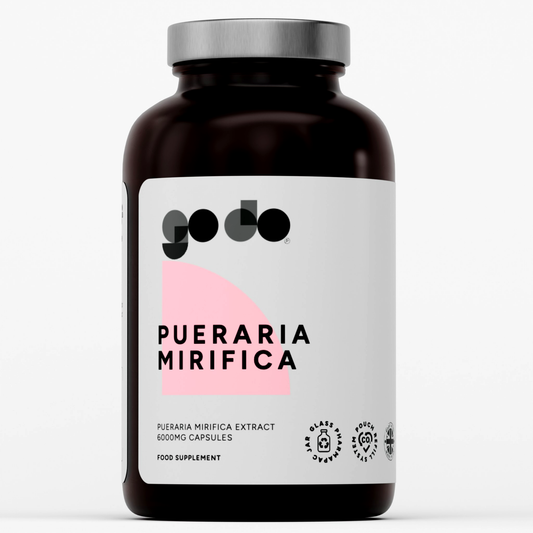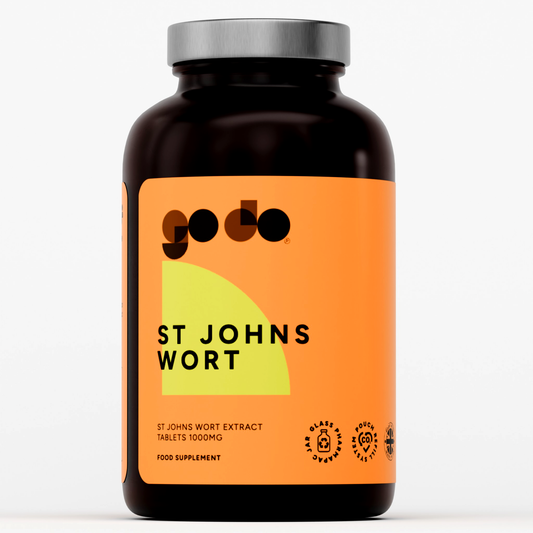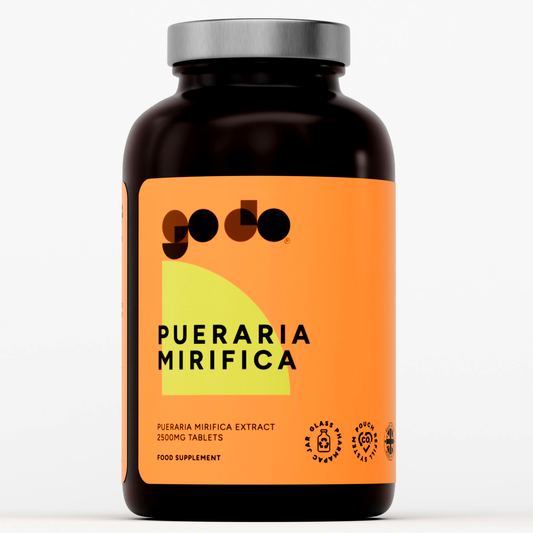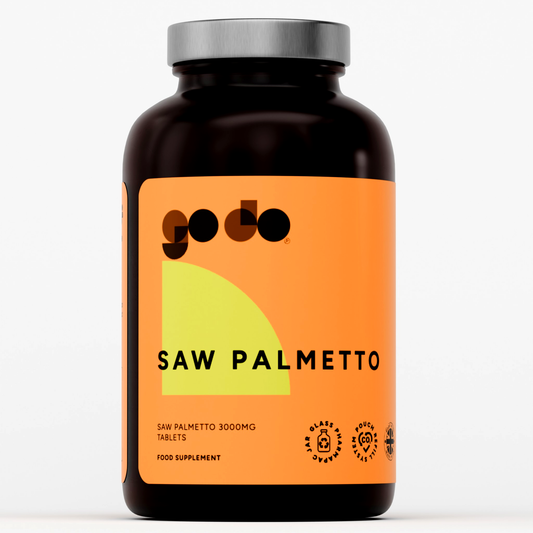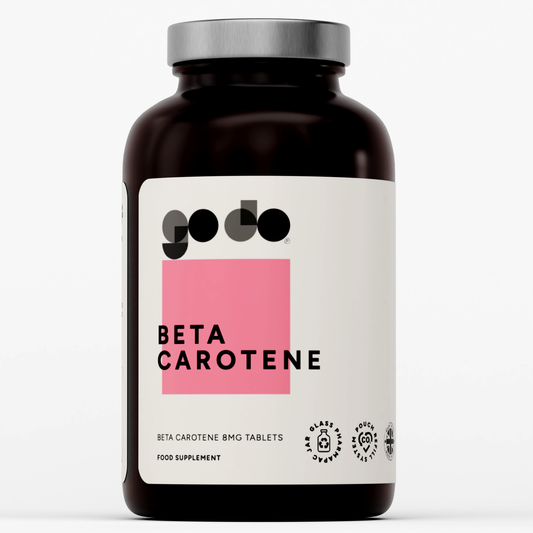Aerobic fitness
Aerobic exercises aim to increase your heart rate whilst working your body muscles at the same time. This form of exercise help and strengthens internal organs like the heart and lungs otherwise know as the cardiovascular system.
Being fit aerobically means that you can work for longer hours without a break, having more stamina and a quicker recovery.
For aerobic training improvement it’s better to aim to complete aerobic fitness sessions 3-5 times per week for a duration of 20-60 minutes.
Moderate aerobic zone
The aerobic zone begins at 50% of your MHR (Maximum Heart Rate) and is mainly for unfit, beginners, elderly or sedentary people. This zone represents an easy level of intensity, regarded as comfortable state of fitness that can be maintained for extended periods of time without breaking into sweat. This training zone has a low injury risk.
Aerobic weight management zone
This aerobic zone is between 60% – 70% of your MHR (Maximum Heart Rate) often referred to as ‘fat burning zone’ because the level of intensity is moderate enough for people to exercise for long periods of time which helps utilise fat as the primary fuel source.
Aerobic fitness zone
Aerobic fitness zone anywhere between 70% – 80% of your MHR (Maximum Heart Rate) this zone is mainly recommended for the improvement of cardiovascular health and for fitness ‘training sensitive zone’ the more you train the easier it becomes.
Peak Aerobic zone
The peak zone between 80% – 90% of your MHR (Maximum Heart Rate) represents the highest level of aerobic training. This is only recommended for the very fit people whom train regularly. Working in this zone can help you increase speed and pace, and prepare you for competitively.
You can increase your aerobic fitness with a number of different activities such like walking, jogging, resistance band circuits, cycling, swimming and mostly any physical activity.
If you want to find the correct aerobic training zone for yourself then follow the formula below to determine your personal aerobic heart rate.
180 minus your age = 180 – ___ = ______ ( your personal heart rate).
If you are a beginner with physical training or have suffered a major illness – 10 from the personal heart rate above.





